Adapting Training Simulations for Unconventional Oil and Gas Operations
Unconventional oil and gas operations offer new opportunities for resource extraction in areas previously considered uneconomical. However, these operations come with unique challenges that demand specialized training solutions. This article explores the challenges of unconventional oil and gas training, the importance of oil and gas training simulations, specific applications, and real-world case studies.
Challenges of Unconventional Oil and Gas Training
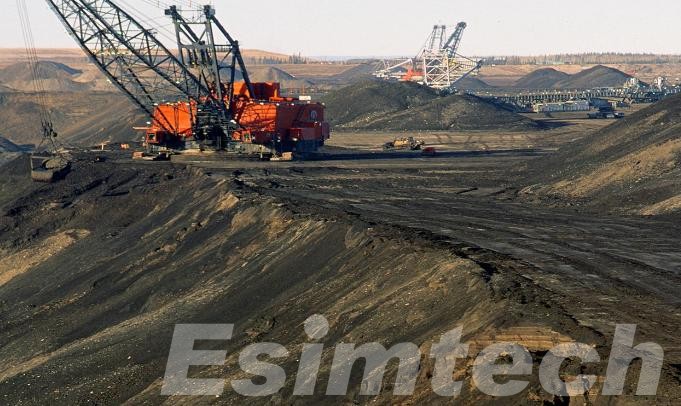
Unconventional oil and gas operations, such as shale gas and coalbed methane extraction, come with their own set of challenges that make training more complex:
- Difficult Geology: The geological formations where unconventional oil and gas are found are often complicated and harder to work with than traditional reservoirs. Workers need specialized training to understand these formations and how to extract resources effectively.
- High-Tech Equipment: Techniques like hydraulic fracturing (fracking) and horizontal drilling are commonly used in unconventional operations. These advanced technologies require workers to have specific knowledge and skills to operate them safely and efficiently.
- Strict Environmental Rules: Unconventional operations are closely regulated to protect the environment. Workers must be trained to comply with these regulations and reduce their environmental impact, such as managing water usage and preventing air pollution.
- Safety Concerns: The processes used in unconventional oil and gas extraction can be risky, with potential hazards like high-pressure environments and complex machinery. Proper training is essential to ensure that workers can operate safely and respond to emergencies effectively.
Importance of Training Simulation in Unconventional Oil and Gas
Training simulation plays a vital role in the field of unconventional oil and gas. With the gradual depletion of conventional oil and gas resources, unconventional oil and gas resources such as shale gas, coalbed methane, and tight oil and gas have become the focus of global energy development. These resources are usually distributed in rocks with complex geological conditions, which puts higher requirements on mining technology and management level. Training simulation technology creates a virtual oil and gas reservoir environment to help engineers and technicians perform practical operations under safe and low-cost conditions, identify and solve problems in advance, optimize mining strategies, reduce costs, and improve production efficiency.
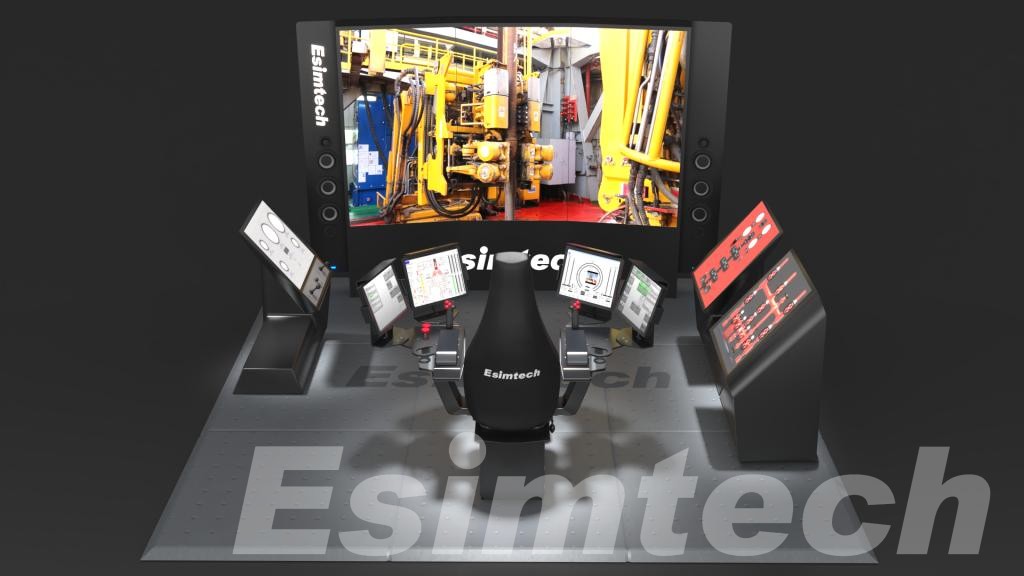
1. Application in unconventional oil and gas exploration
The exploration and development of unconventional oil and gas resources is a complex process involving geological, engineering, economic and other factors. Training simulation technology can simulate various links in this process, such as the collection of exploration data, the establishment of geological models, the description and simulation of reservoirs, and the flow behavior of oil and gas. Through simulation, engineers can practice exploration decisions in a virtual environment to improve the success rate and economic benefits of exploration.
2. Role in unconventional oil and gas development
In unconventional oil and gas development, training simulation technology is mainly used to optimize mining plans and improve recovery. For example, through simulation technology, engineers can predict the performance of oil and gas reservoirs under different mining conditions and select the best mining strategy. In addition, simulation technology can also be used to evaluate the impact of auxiliary mining technologies such as water injection and gas injection, as well as analyze the impact on reservoir pressure and production.
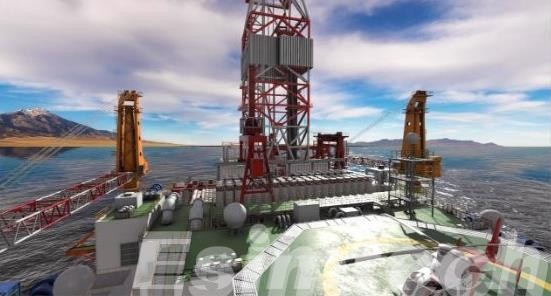
3. Role in addressing challenges in the unconventional oil and gas field
The development of unconventional oil and gas resources faces many challenges, such as the complexity of geological conditions, high mining costs and environmental impacts. Training simulation technology helps engineers understand and master these challenges by providing a virtual operating environment, and continuously improve their skills in practice. For example, simulator training allows trainees to practice repeatedly in a risk-free environment until they master key operating skills.
Specific Applications of Training Simulations in Unconventional Oil and Gas
- Geological simulation: Geological simulation is mainly used for numerical simulation of unconventional oil and gas reservoirs, such as the Unconventional Oil and Gas Reservoir Simulator developed by Beijing Collaborative Innovation Institute. This simulator can simulate the seepage mechanism of unconventional oil and gas such as shale gas, including isothermal adsorption model, adsorption hysteresis, permeability coupled with rock deformation, etc., and study the influence of different factors on shale gas extraction through sensitivity analysis.
- Drilling operation simulation: Drilling operation simulation focuses on simulator training to allow trainees to learn and practice the operation of drilling equipment, including the installation of drilling platforms, parameter adjustment during drilling, and response to emergencies. This simulation training can be carried out in a risk-free virtual environment, which improves the safety of training and reduces training costs.
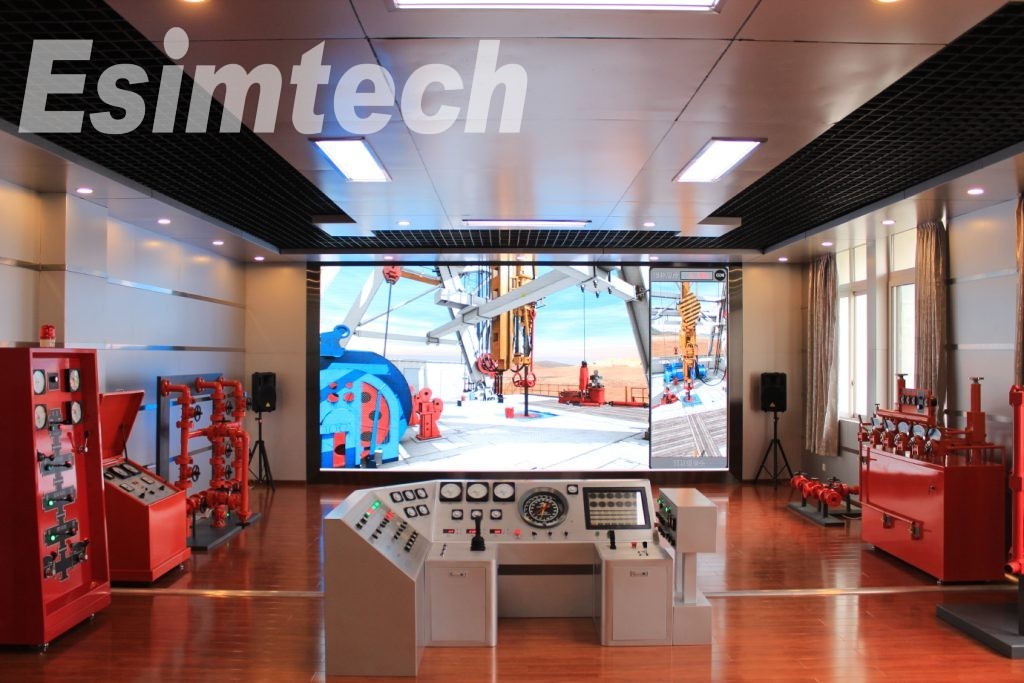
- Oil production operation simulation: Oil production operation simulation involves multiple operations such as oil well extraction, oil production equipment maintenance, and oil and gas separation. Through the simulator, trainees can practice repeatedly in a simulated working environment until they master various skills. In addition, the simulator can also provide personalized feedback and guidance to help improve training effectiveness.
- Storage and transportation management simulation: The storage and transportation management simulation is a simulation of pipeline transportation, oil tank management and other links involved in oil storage and transportation. Through the simulator, students can understand and master the operating procedures and safety regulations of each link, which is crucial to ensure the safe and efficient transportation of oil products.
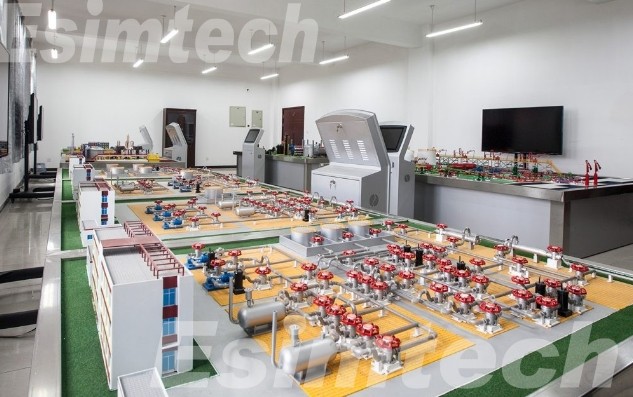
- Emergency response simulation: In the oil industry, the risk of accidents is high, so the training of emergency response capabilities is particularly important. The simulator can simulate various emergencies and emergency situations, such as blowouts, fires, leaks, etc., to help students improve their emergency response capabilities.
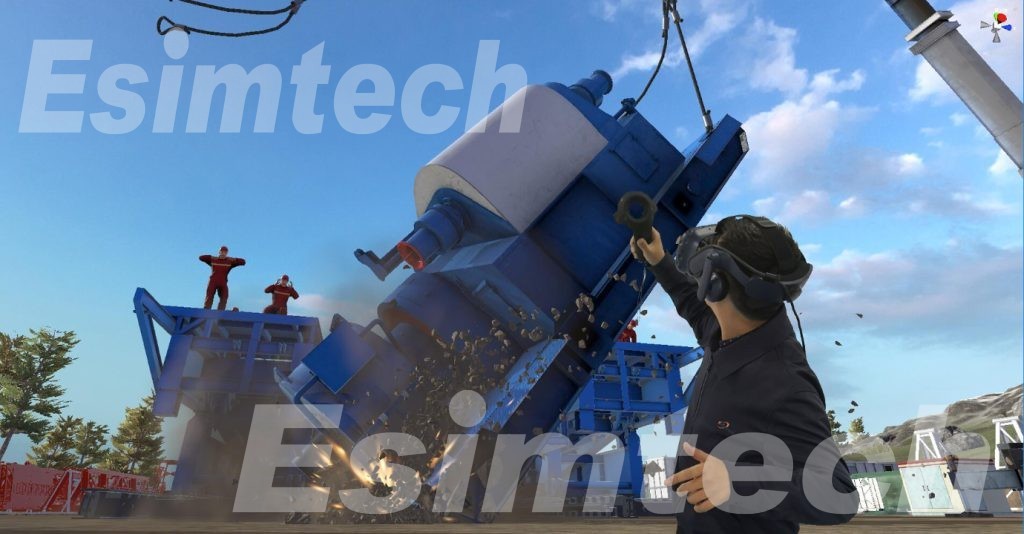
Case Studies
- Chevron’s Virtual Reality Drilling Simulator: Chevron uses a virtual reality (VR) drilling simulator in its shale gas operations. The simulator allows workers to experience the drilling process in a virtual environment, helping them gain practical experience without the risks of live drilling. This has led to fewer on-site accidents and improved drilling efficiency.
- BP’s Fracking Simulation Program: BP developed a simulation program to train its engineers on hydraulic fracturing techniques. The program covers everything from fluid dynamics to assessing environmental impacts. Since its launch, BP has seen better resource recovery rates and a smaller environmental footprint.
- Schlumberger’s Reservoir Simulation Training: Schlumberger offers a training program that uses advanced software to simulate how resources behave underground. This helps workers make better decisions about how to extract resources, leading to improved reservoir management.
Conclusion
As unconventional oil and gas operations grow in importance, the need for specialized training is clear. Training simulations offer a powerful way to prepare workers for the challenges of these operations. Companies like Chevron, BP, and Schlumberger are already seeing the benefits, demonstrating that investing in training simulations is a smart move for the future of unconventional oil and gas operations.
Esimtech has developed more than 10 kinds of petroleum engineering simulators and also provides customized service such as industrial animation, VR simulation training system and software system. If you are in any need, please feel free to contact us!
